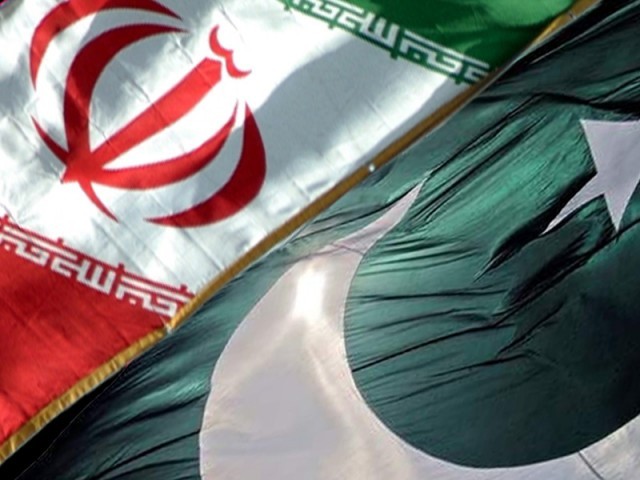PIJIC Blocked, But Not Identified

As subscribers to the paid portion of SanctionLaw already know, we’ve obtained a lot of information pursuant to Freedom of Information Act (FOIA) requests submitted to the United States Department of the Treasury’s Office of Foreign Assets Control (OFAC) over the years. While a lot of the information we receive is redacted, some of it proves to be useful. Indeed, a recent disclosure from OFAC, which is available on the paid portion of this site, includes an email from 2013 between Treasury officials and foreign officials that discusses the Pak-Iran Joint Investment Company (PIJIC) a/k/a Pak-Iran Investment Company a/k/a PAIR Investment Co. as being blocked as a Government of Iran entity pursuant to the Iranian Transactions and Sanctions Regulations due to its 50% ownership by the Government of Iran. The PIJIC is a Development Finance Institution equally owned between by Governments of Iran and Pakistan.
As any sanctions practitioner can tell you, if an entity is owned 50% or more by a blocked party–such as the Government of Iran–or if an aggregate of 50% of an entity’s ownership is held by multiple blocked parties, then that entity itself is deemed to be blocked, and certain OFAC administered sanctions may come into effect. This is regardless of whether the entity that is owned 50% of more by SDN(s) is actually identified on OFAC’s List of Specially Designated Nationals and Blocked Persons (“SDN List”). This is known as the OFAC 50% Rule, and has been the topic of many conversations amongst those practicing in the field of U.S. economic sanctions.
PIJIC is not identified on the OFAC SDN List, however–as a certain prominent Treasury official noted in the email referenced above–OFAC does believe it be subject to the ITSR due to its 50% ownership by the Government of Iran. Thus, PIJIC is a blocked entity. Of course, this is not necessarily ground breaking. Anyone who did any level of due diligence on PIJIC and has any understanding of OFAC’s 50% Rule would know this since PIJIC’s website clearly identifies the PIJIC ownership structure and confirms that the Government of Iran owns 50% of the entity. The real question, however, is why doesn’t PIJIC not appear on the SDN List? While I’m not advocating for their listing, it just seems odd that it’s not given that Treasury has known the entity is a Government of Iran (“GOI’) owned for over three years (judging by the date of the email), and because PIJIC has publicly announced it’s ownership structure thereby demonstrating it meets the criteria for a GOI identification.
Treasury could make the argument that it’s up to parties seeking to transact with a PIJIC to carry out their own due diligence and determine the applicability of any U.S. sanctions to those proposed transactions; however, it’s clear that not everyone is that sophisticated when it comes to their understanding of U.S. sanctions. Indeed, for many companies the inquiry unfortunately stops at the screening of the OFAC SDN List. Indeed, and by example, we heard of a number of private Iranian banks becoming irate at their identification on the OFAC SDN List in July of 2012, even though those same financial institutions had been deemed to be blocked since the issuance of Executive Order 13599 five months earlier in February 2012. This was because many people stopped dealing with those banks at the time of the identification on the SDN List; and not in February 2012, despite the fact that legally there was no change to their status víz-a-víz U.S. sanctions.
I’m sure OFAC has their reasons as to why some entities are identified and others are not. Perhaps its lack of resources, or perhaps their some tactical advantage to not identifying certain constructively blocked entities. However, for companies seeking to ensure their compliance with U.S. sanctions, the failure to identify an entity as constructively blocked is a constant risk. Thus, if an entity is known to meet the 50% threshold requirement, there certainly should be a way for that entity to be identified more readily. Until that way is determined and implemented, it is just another layer of risk to contend with in the world of OFAC compliance.
The author of this blog is Erich Ferrari, an attorney specializing in OFAC matters. If you have any questions please contact him at 202-280-6370 or ferrari@ferrariassociatespc.com


